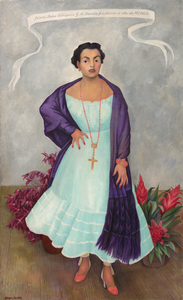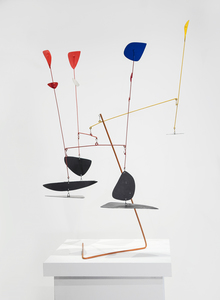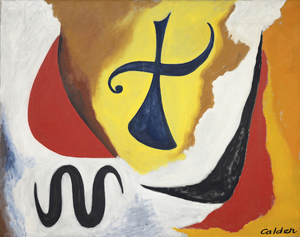SAN FRANCISCO

SUE KIM
Consultor de Bellas Artes
San Francisco
Sue Kim es la asesora de arte de Heather James Fine Art en San Francisco. Sue aporta a Heather James Fine Art más de 30 años de experiencia en arte y lujo. Ha trabajado en los campos de las bellas artes, la fotografía, el diseño de interiores y de productos, la arquitectura, el sector inmobiliario y la hostelería en múltiples ciudades como San Francisco, Nueva York, Hong Kong y Singapur. Habla italiano y francés. Sue se licenció en Historia del Arte de Asia Oriental en el Barnard College de la Universidad de Columbia y obtuvo un título de Asociada en Ciencias Aplicadas al Diseño de Interiores en la Parsons School of Design.
HEATHER JAMES FINE ART - SAN FRANCISCO se ha convertido en un valioso recurso para los clientes locales, proporcionando una amplia gama de apoyo y asistencia para una gran variedad de propiedades. Con la ayuda de los expertos de Heather James Fine Art, nuestros representantes pueden ayudarle si tiene preguntas sobre la compra o la venta, o si desea que se valore un objeto de su colección.
Ofrecemos una amplia gama de servicios basados en el cliente, incluyendo planificación de patrimonio sin supatrimonio e impuestos, gestión de cobros, tasaciones, gestión logística, adquisiciones y servicios financieros.
EN LAS NOTICIAS
SERVICIOS
Heather James Fine Art ofrece una amplia gama de servicios basados en el cliente que se adaptan a sus necesidades específicas de coleccionismo de arte. Nuestro equipo de operaciones está formado por gestores profesionales de arte, un departamento de registro completo y un equipo logístico con amplia experiencia en el transporte, instalación y gestión de colecciones de arte. Con servicio de guante blanco y atención personalizada, nuestro equipo hace todo lo posible para garantizar servicios artísticos excepcionales para nuestros clientes.
CONÓCENOS
GALERÍAS
45188 Portola Avenue
Palm Desert, CA 92260
(760) 346-8926
Horario: Con cita previa
172 Center Street, Suite 101
P.O. Box 3580
Jackson Hole, WY 83001
(307) 200-6090
Horario: Con cita previa




































,_new_mexico_tn40147.jpg )






_tn45742.jpg )


_tn43950.jpg )
_tn45739.b.jpg )


_tn45741.jpg )
_tn45731.jpg )
_tn45733.jpg )


_tn40169.jpg )

_tn45732.jpg )
_tn27035.jpg )

_tn45736.jpg )
_tn45745.b.jpg )


